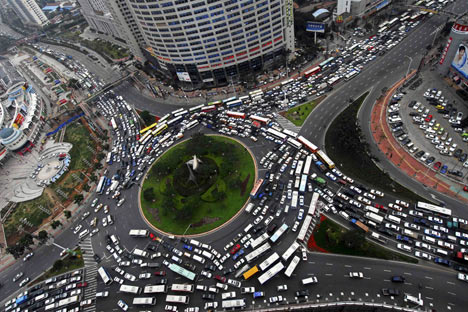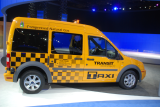Never count the German engineers out in the modern automotive world. While they rule in the new (for the U.S.) realm of clean diesels, are renowned for their performance and luxury machines, and carry a price premium just for their nameplates’ country of origin – when it comes to EVs, the German automakers have not been seen as serious players. That may be changing.
During the past few months, I've had the chance to drive representative models from each of the German "Big Three" (BMW, Mercedes-Benz and VW). They represent slightly different approaches to the EV market but all are either already in the market or will be soon.
It must be said that the Germans were not enthusiastic about electric cars or hybrids early on. Oh, they had their concepts, but in interviews they downplayed the potential audience, performance and practicality of EVs. That was then, this is now. While not jettisoning the internal combustion engine, all three automakers are seriously engaged in the incipient electric market and their first forays are worthy of a strong look, even if they don't represent the companies' finished product.
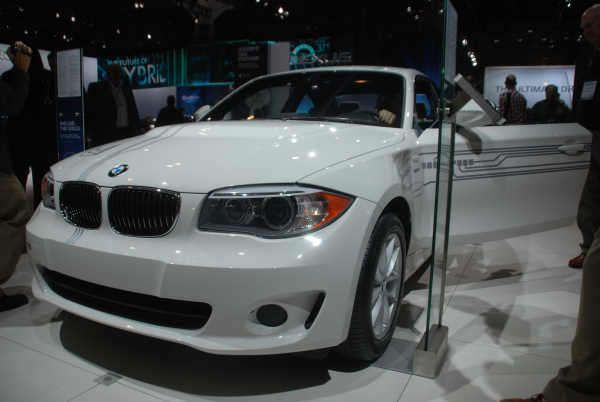
BMW Active-E
This is BMW's last "test" before it launches its "e" sub-brand. It follows the Mini-E of a few years ago, their first step into the EV market. On the outside the Active-E is a standard BMW 1-Series sedan. But underneath is the running gear of the i3 (due on the market in late 2013), BMW's city car EV that will feature a carbon fiber monocoque and a unique body style. That running gear delivers what can only be described as BMW-like performance; it’s responsive, accelerates briskly and handles superbly. Regenerative braking is very aggressive and everything about the car says it’s ready for production. But the Active-E is only available in limited numbers on a two-year lease, part of BMW's program testing the i3 powertrain in the real world prior to its launch. The range is around 100 miles on a charge, typical of most of the EVs on the market.
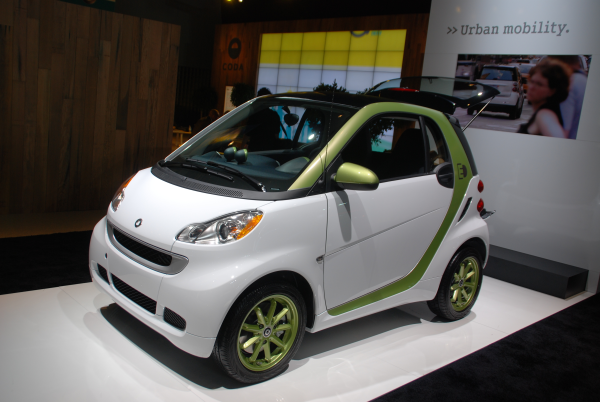
Mercedes Smart ED
Full disclosure: I owned a Smart car for three years. Enjoyed it and thought it was better than its critics said it was, but fully acknowledge its limitations as a lightly-powered two-seat city car with limited (as in relatively short rides) freeway capability.
Turning the Smart into an EV is a natural. I can't tell you how many times I was asked about my own Smart's presumed electric drivetrain. My test drive was in the second generation electric Smart. First gen was a 100-unit Europe-only test with sodium-nickel chloride Zebra batteries. As a Daimler engineer told me, it was a "learning experience," that is, not very successful. The second generation I drove had a Tesla lithium-ion battery and the Tesla battery management system. The car was sluggish (it felt slower than my ICE-Smart) and seemed to offer little in the way of a positive driving experience. The governed top speed of 62 mph made the car a joke on California freeways, making one of the negatives of the ICE car even worse. Parking, of course, is a breeze, but it didn't need to be an electric model for that purpose.
Mercedes has already upgraded the second generation Smarts and has moved to the third generation aimed to correct some of the deficiencies I found in the model I drove. It will have a new electric motor and new, bigger batteries.
Mercedes also has another model waiting in the wings – an electric version of their A-Class, the smallest of the traditional Benz models. It uses the same electric drive as Mercedes' fuel cell model (which is based on the slightly larger B-Class) and Tesla Motors has also been involved in its development. The company has made no announcements about potential sale of the model outside Europe, but you can probably expect to see it migrate to the U.S.
And, literally as I was finishing off this post, Mercedes announcement of its latest E-Cell came over the wire. At the Paris Auto Show the company will reveal its latest joint project with Tesla--the B-Class electric. Previously shown as a Volt-like extended range electric, the new version of the B-Class sports electric power only and should be on the market by 2014.
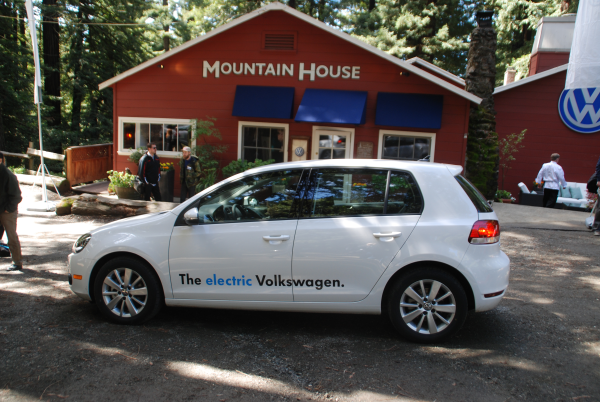
VW Golf-E
VW, as part of its quest to be the largest car company in the world, appears to want to be all things to all people. So, along with its direct-injection gasoline models and turbocharged diesels, it is now offering hybrids and soon – electric cars. The eGolf, which I've driven twice, is the test bed for its electric drivetrain. It's 26.5 kWh battery and 85 kW electric motor provide a spirited driving experience. Like the Active-E, it has fairly aggressive regenerative braking, but one which the driver can control by settings with relatively simple steering wheel-mounted controls. Its overall driving experience approximates that of an ICE Golf. VW also has Audi electric models and an Up! EV minicar in the works. While the company has made no official announcement, expect to see the eGolf late 2013 or 2014 on the new Golf platform that was just introduced.
Summary
While it may appear that German automakers are playing catch-up with electric drive cars, the slow market start of the past year may play into their timeline. The performance of the prototypes I have driven was certainly competitive with any EV on the market, so the issue may be less one of technology and more one of market strategy.
